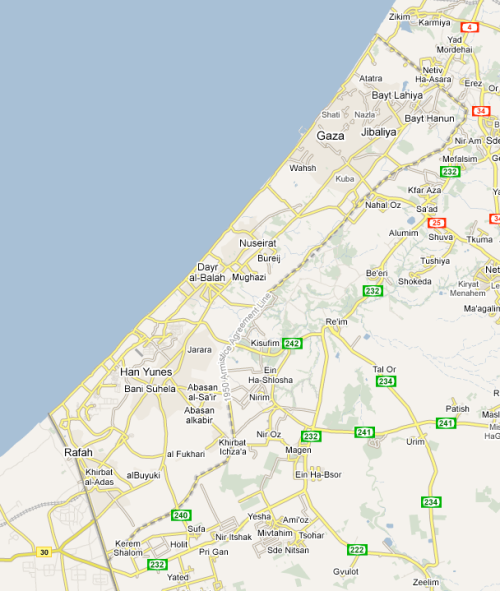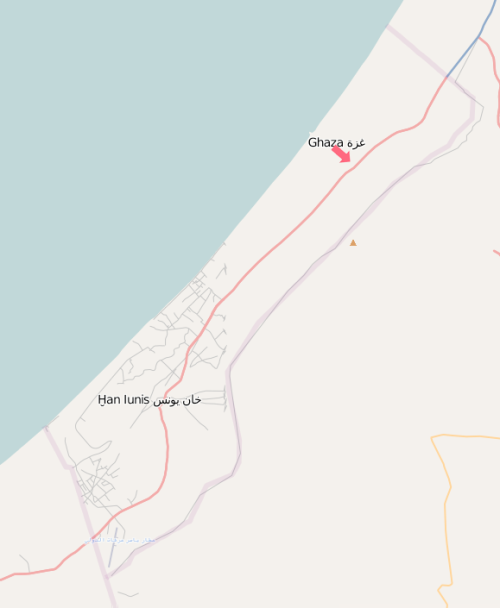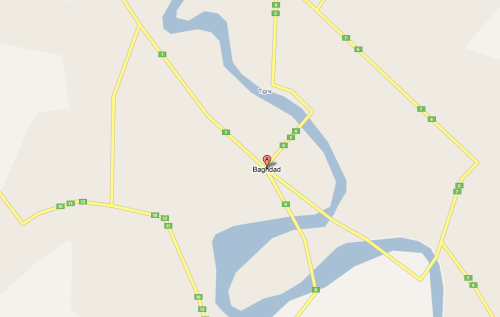
I have been sitting on this one for a while I try to figure out if it dovetails with what I’ve been thinking about the need for a open source geobrowser which, most importantly, does not come loaded with imagery. (Yeah, it’s that bandwidth issue again.)
The Industry Standard has a write-up on Ron Lake’s (CEO of Galdos Systems) concern over the growing dependence on private mapping systems. From the article:
Ron Lake, CEO of digital mapping company Galdos Systems, is concerned about the world-wide dependence on private mapping systems, such as Google Earth. Lake, who wrote about the issue for the 2008 GeoWeb conference, states that digital maps are becoming an essential facet of public and government information and he thinks that it’s too important for private companies to handle alone. Instead he proposes a single, government funded virtual map of the earth.
Currently, there are a number of digital mapping systems maintained by different private companies, including Microsoft and Google. Lake believes this could lead to problems when private data is used in official capacities. For example, emergency services might need far more accurate digital maps of a specific area than a consumer-oriented online service can provide. Also, other geographic regions might resent that most of the world’s digital mapping research and collection takes place in the United States, and want information developed and centered in their own home countries.
Read on…














